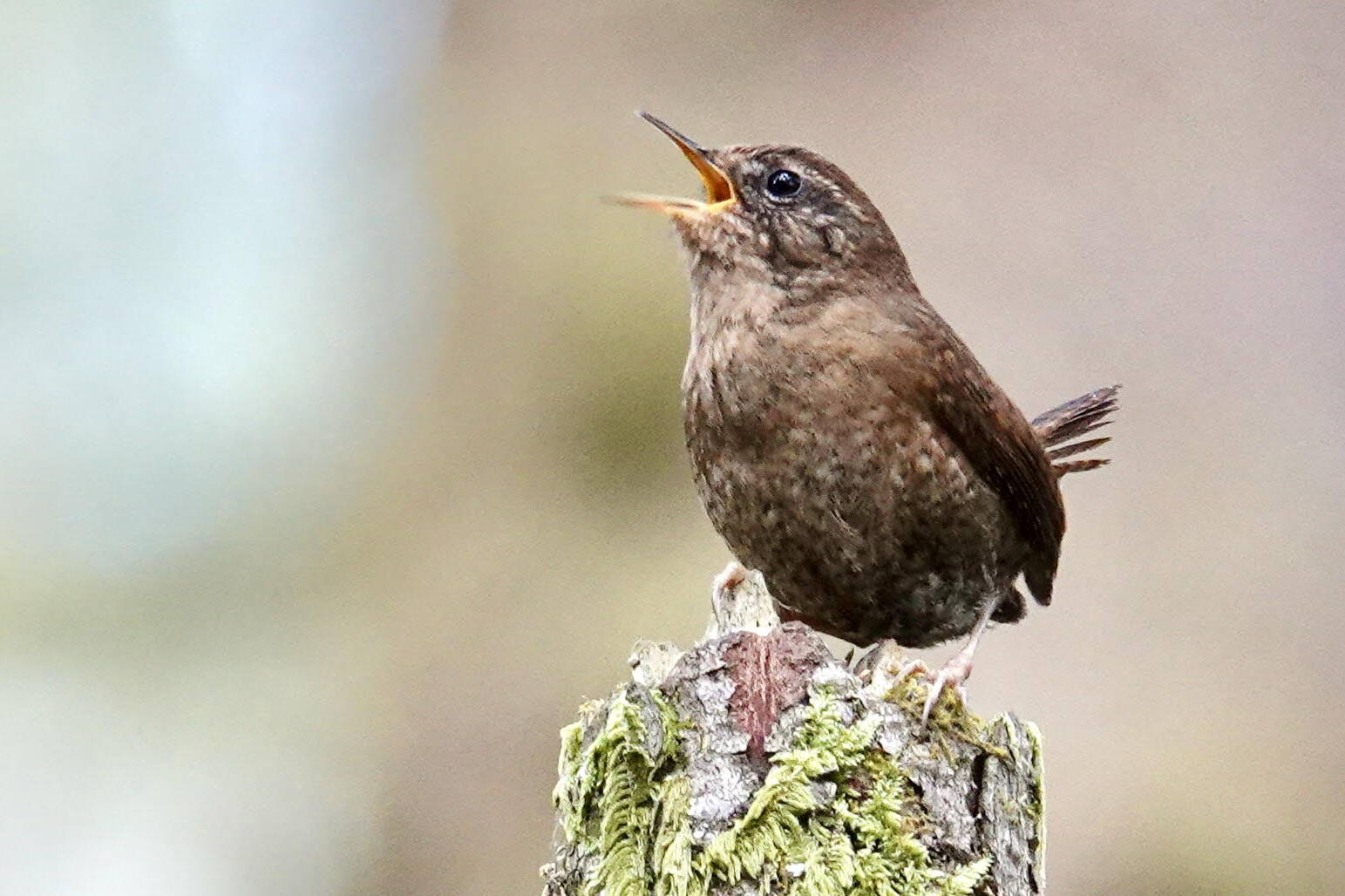A walk at Fish Creek was productive, as it usually is. The marine side of the point was full of ducks: widgeon, green-wing teal, mallards, and even a few pintails. Along the way, a friend and I found shooting stars and chocolate lilies just coming up. Out on the point, we gently turned over a few rocks, finding several pseudoscorpions and some equally miniature spiders (still to be identified). I’d love to be able to watch these tiny predators hunt and eat their tiny prey.
Over a sandbar across one of the outlet channels of the creek, we saw an adult eagle with a captured duck dangling from its talons. The eagle landed on the bar, then subdued and ate most of its prey. Ever-observant juvenile eagles circled overhead, watching closely, with “me-too,” “me-too” attitudes. A few juveniles landed close to the successful adults — they apparently made nuisances of themselves, distracting the adult sufficiently that a different adult swooped in and grabbed the remnants of the duck. The thief made off with the carcass, going to a nearby dense stand of conifers where it was greeted by lots of noisy chattering, as if another bird was hoping to share the prize. Back on the sandbar there stood a bereft adult and several disappointed juveniles.
A few days later, another friend and I drove to North Douglas. On the way there, in the bay we saw hundreds of surf scoters in a long sinuous line extending from near the short way out into the bay. An odd distribution, as if they were maybe responding to nuances of tidal currents, and I wondered why. Later, on our way home, we saw that they were all gathered together more gregariously.
On the Outer Point trail, we were accompanied by the songs of wrens, varied thrushes, and ruby-crowned kinglets. We found a little group of wintergreens called “shy maiden” or “single delight” with well-formed buds soon to open. A big pleasure was finding some fern-leaf goldthread flowers all ready for action. We laughingly recalled that, on a Parks and Rec hike years ago when we hardly knew each other’s names, our very first conversation was about this species.
Fern-leaf goldthread is an interesting species. It can change its gender expression from year to year, something not all that common in the plant world. At any particular time, some plants bear wispy male flowers while others, slightly bulkier, are hermaphrodite. These may mature their male parts ahead of the female parts (protandry) or vice versa (protogyny). Years ago, a botanist friend and I transplanted some of these plants to a common garden and watched them in subsequent years. We observed that a plant that flowered as a male in one year might be either male or hermaphrodite the next year. But if a hermaphrodite plant bore fruit, it was likely to flower as a male the following year, suggesting that perhaps the cost of making fruit could make the plant decide it didn’t have the resources for doing it two years in a row.
A little stroll with a friend to Point Louisa one morning revealed the usual harlequins, goldeneyes, and scoters, and BINGO! — also a black oystercatcher, probing steadily into a pile of mussels. I have not seen them very often in recent years. We also saw two marbled murrelets drifting quietly offshore. A raven was making a ruckus — circling repeatedly over a perched eagle and making a call unfamiliar to me. Did that eagle have something special??
Later that sunny day, I went out on wetlands. There I struck it rich: arctic terns calling, swooping, and diving, white-fronted geese being lazy in the lagoon near the trailhead, and a yellow-rumped warbler foraging in the shrubs at the edge of the meadow. A good day!!
• Mary F. Willson is a retired professor of ecology. “On The Trails” appears every Wednesday in the Juneau Empire.

